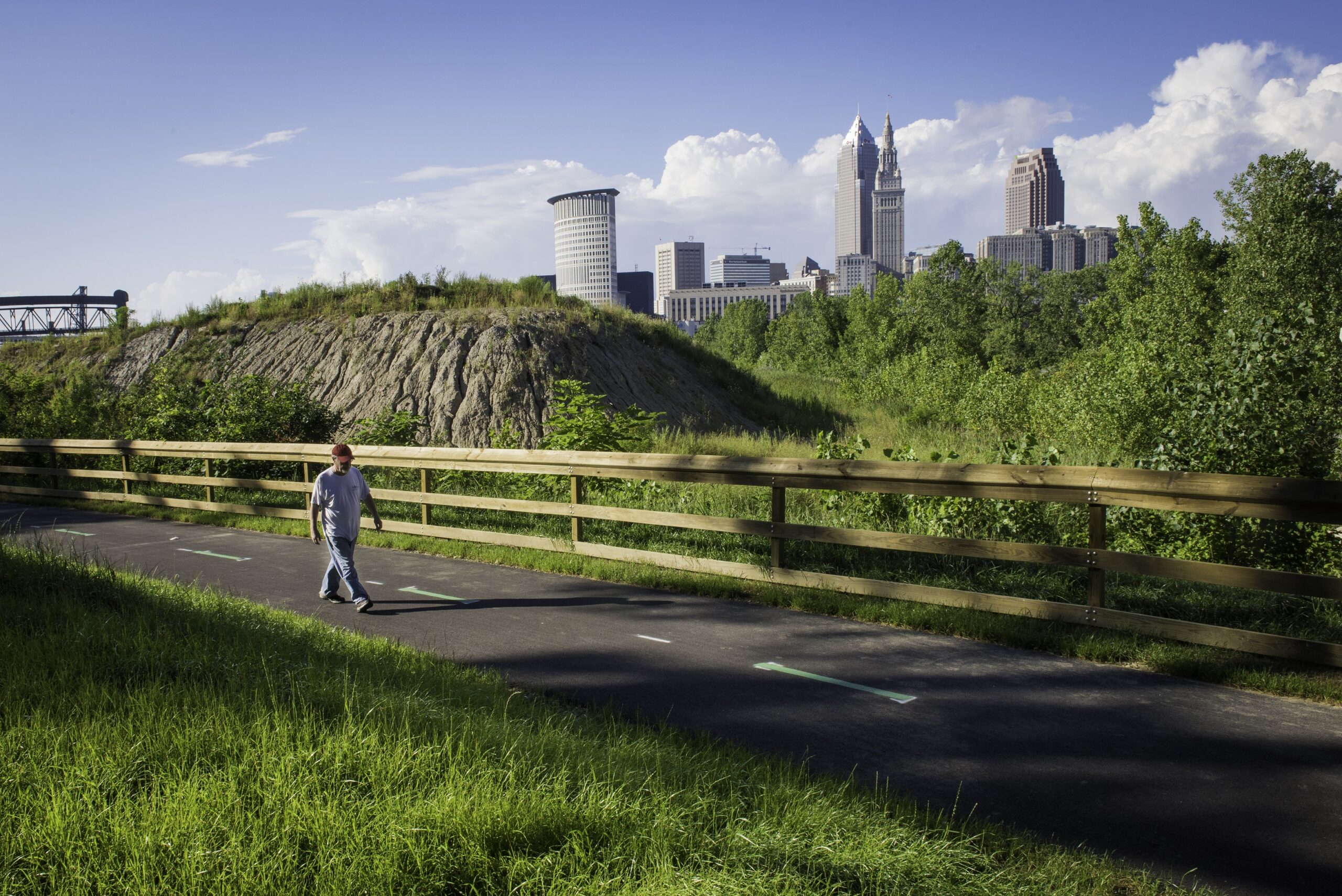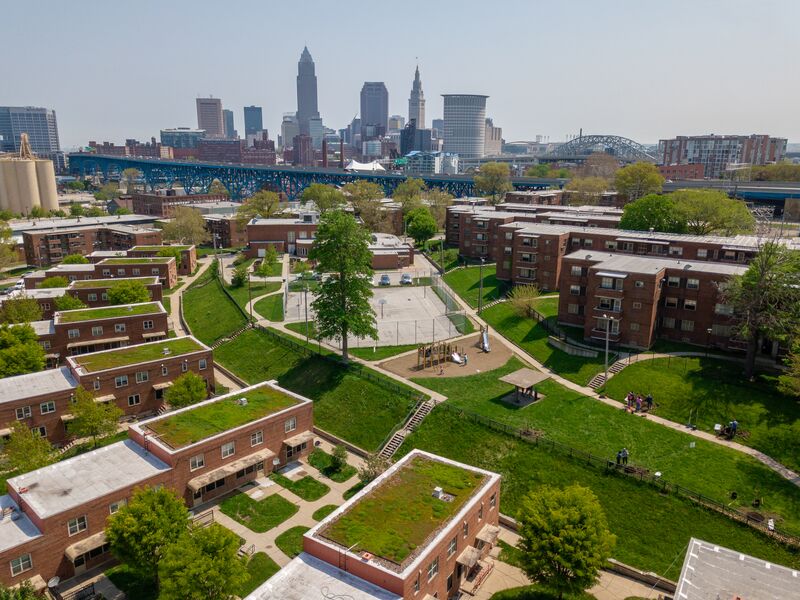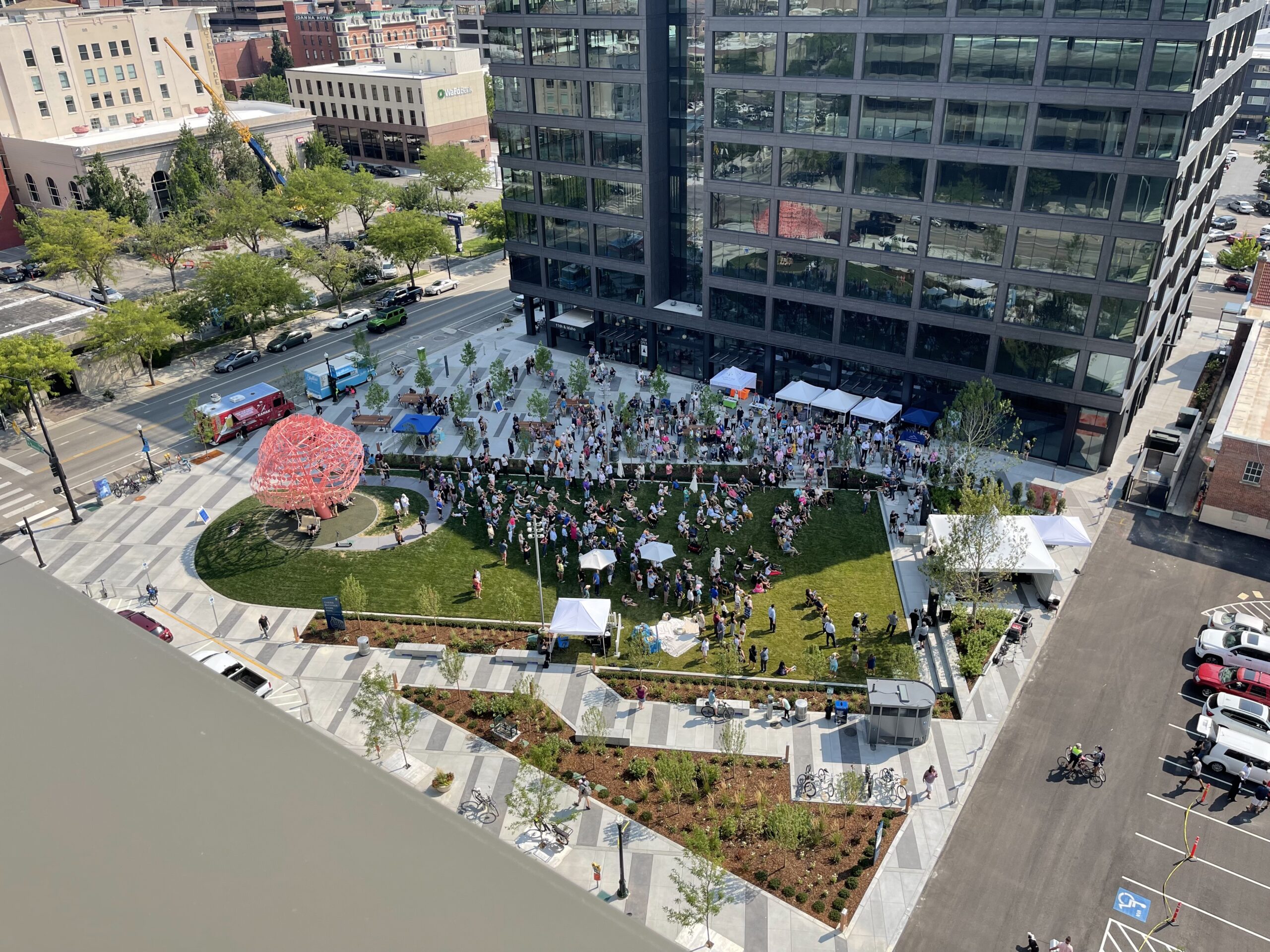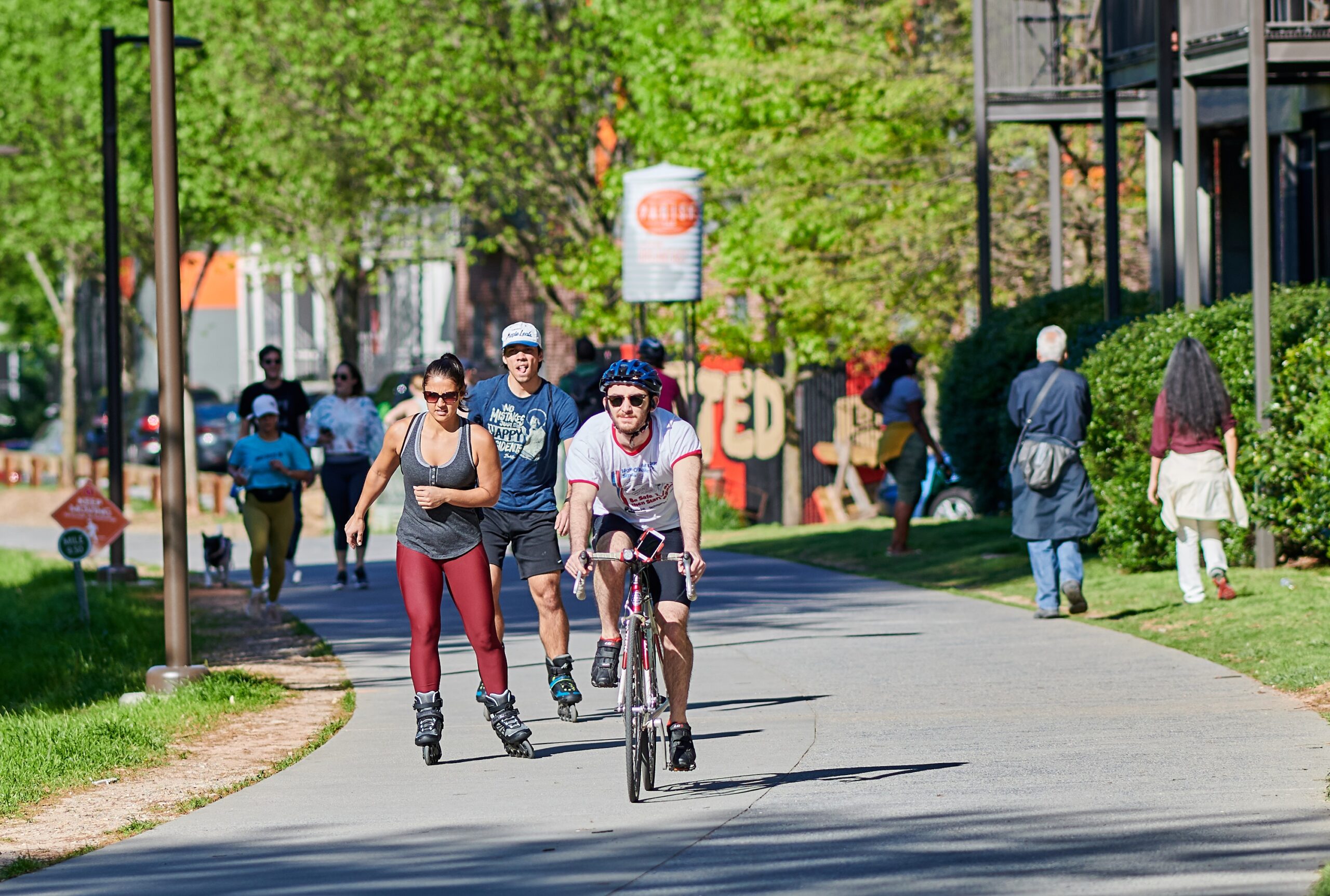
10-Minute Walk Local Policy Framework
Land Use & Development
Shaping Inclusive Communities
Land use and development policies play a critical role in shaping where and how parks are created. They can require or incentivize developers to dedicate land or funding for new parks, guide the conversion of vacant lots into vibrant public spaces, and protect open land for future community use.
When designed with equity in mind, these policies do more than shape physical space—they align public and private investment to create healthier, more connected communities. By linking parks with housing, transportation, and local development goals, cities can ensure that growth benefits everyone and that parks contribute to long-term economic vitality.

NEW POLICY REPORT
From Development Policy to Parks
Expanding Park Access Through Dedication Ordinances and Impact Fees
This new policy report is a comprehensive and informative resource for local policymakers and community stakeholders on two of the primary land development policies communities use to create new parks: park dedication ordinances and impact fees.
From Development Policy to Parks offers in-depth details on the current opportunities and limitations of these policies, identifies emerging policy trends, and outlines questions and future research needs on how these policies can increase park access and address the park equity gap.

REPORT
Adding Green
The Potential of Vacant Land to Bridge the Park Equity Gap
Across the country, vacant and underutilized parcels hold enormous potential for transformation. Transforming these vacant lots into parks can help bridge the park equity gap, while unlocking many benefits for communities. In Adding Green: The Potential of Vacant Land to Bridge the Park Equity Gap, Trust for Public Land and the Center for Community Progress explore how cities have successfully reclaimed vacant land for park use, and to identify strategies for expanding these efforts on a larger scale.

REPORT
Parks Investment and Economic Vitality
Parks are powerful drivers of economic development. They enhance quality of life, making cities more attractive places to live and work, and contribute to population growth and economic vitality. Investing in parks and improving equitable access is crucial for a city’s competitiveness, especially as cities strive to attract residents and businesses. This report examines how parks investment can drive significant economic benefits in cities, including attracting diverse workers, fostering business growth, and stimulating housing development.

TOOLKIT
Amplifying Investment in Parks
Across the U.S., private sector partnerships are helping to transform parks into key drivers of social and economic growth, benefiting both local communities and the cities they call home. By investing in parks, companies can strengthen their neighborhoods, improve the well-being of their employees, and enhance the overall quality of life. These contributions complement public funding, acting as a local match for state and federal grants and amplify the impact of public dollars. This toolkit highlights five funding strategies that enable the private sector to maximize its support for public parks.

COMMUNITIES OF PRACTICE
Parks Plus: Economic Vitality
Explore how parks and green spaces can boost economic vitality, with a focus on how cities leverage parks to promote small businesses, workforce recruitment and development, placemaking, tourism, and strategies for inclusive and equitable growth.

